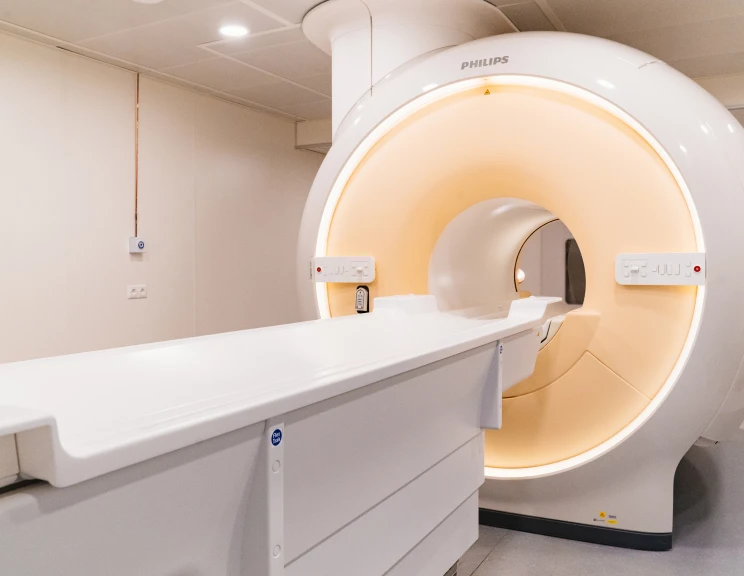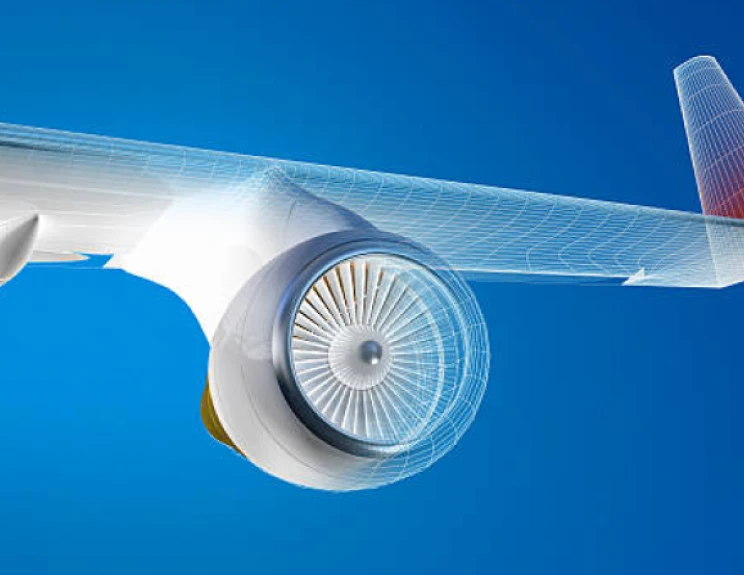
The energy performance in buildings is influenced by many factors, such as ambient weather conditions, material characteristics, occupants' behaviors, heating, ventilation and air-conditioning systems. These complex properties make prediction of building energy consumption very difficult to perform accurately.
INTRODUCTION TO ENERGY CONSUMPTION
Globally, buildings account for approximately one-third of total final energy consumption. Certain uses - heating, ventilation, and air-conditioning (HVAC) - are major consumers of energy and account for about 40% of total energy consumption in buildings. However, prediction of building energy performance is highly complex. Based on the Building Information Modeling, and on machine learning models, FPT Software studies an approach which is capable to predict precisely the energy performance of buildings
BUILDING INFORMATION MODELING
The building is decomposed into a series of parametric objects with design properties such as walls, windows, roof, floor slab as well as heaters, chillers, etc. using the database-centric Building Modeling Information (BIM). Unlike the traditional computer-aided design (CAD), which represent flat shapes or volumes and 2D drawings consisting of lines, Building Information Modeling uses data organized in a similar way to a database to create digital representations of real-life structures. BIM includes the geometry of the building, its spatial relationships and geographic information also the quantities and properties of its components. This new way of digitizing the real world is superior in operational terms, and the structure of its data is ideal for analytical purposes and the application of Machine Learning techniques.
The building energy consumption survey database and simulation results are split into training, cross-validation and test data in a ratio of 70/15/15 (Figure 1). Training data is used to develop the ML model, while cross-validation data is used to tune the model structure. Test data is used to evaluate the generalization.
ARTIFICAL NEURAL NETWORK
Machine learning (ML) algorithms available ranges from simple curve fitting models to more complex models like Support Vector Machine, Artificial Neural Network (ANN). In this study, ANN architectures are employed as it offers the following benefits: Highly flexible architecture, Ability to be developed using various optimization algorithms and ability to identify all possible interactions within the data. In the human brain, neurons are connected as a network to implement intelligent control and thinking. Inspired by this biological structure, an artificial neural network was proposed for supervised learning. The word “artificial” indicates it is a mathematical model, and it differs from a brain neural network. A typical neural network consists of an interconnected group of artificial neurons, and it contains information using a connection list approach to computation. Modern neural networks are nonlinear statistical data modeling tools. They are usually used to model complex relationship between inputs and outputs or to find patterns in data.
We use artificial neural networks (ANN) to represent the components’ behavior. The ML models representing construction elements uses neural networks with one hidden layer per component with between 10 and 20 neurons, based on a sigmoid activation function. Fig. 2 shows the architecture of the neural networks for the components. Adam training algorithm is used to develop the model. This is a first-order gradient-based optimization algorithm.
Related topics:
CASE STUDY VISUALIZATION
Visual comparisons of the ML predictions for daily energy consumption is presented in Fig. 3. The developed model has very high accuracy and follow the measured data closely. A slightly inaccuracies are probably caused by the limits of the components’ training data.
APPLICATION PERSPECTIVE
Now, with million square meters areas of A-class offices, retail store shops and high-quality classrooms, FPT buildings consume a lot of energy. Therefore, an innovative energy system has been one of major focus to optimize the energy usage. For this purpose, a robust machine learning model has been presented in this article and provide valuable insight into energy flows taking place between the components. FPT.STU is planning to implement this machine learning approach into new building projects such as Fville3, Ftown3, FPT tower. This allows designers and engineers to improve the design in a goal-oriented way, with the benefit of drastically-reduced modeling effort and instant feedback in terms of building performance.
Interested in other technology blogs? Click here for more!






























